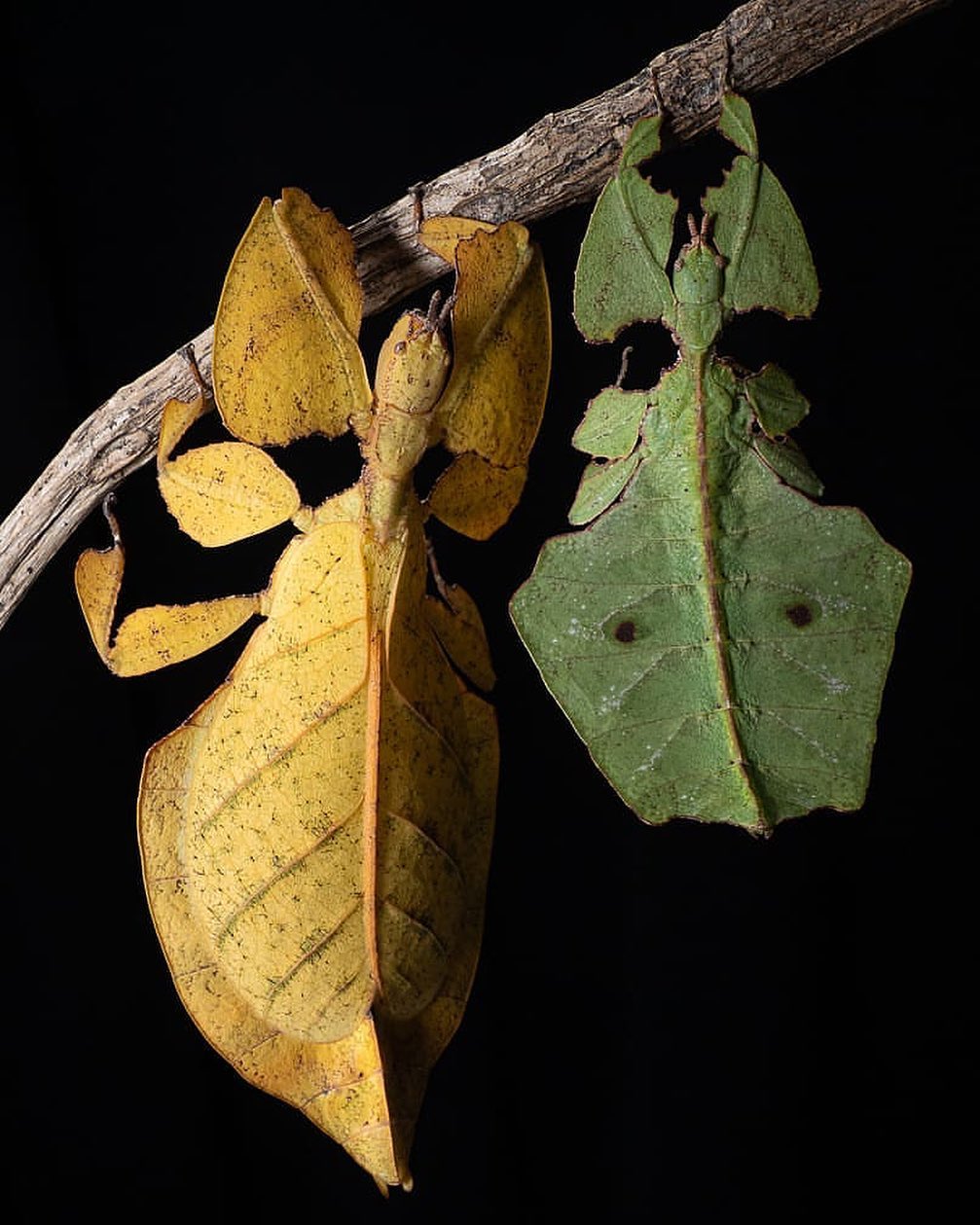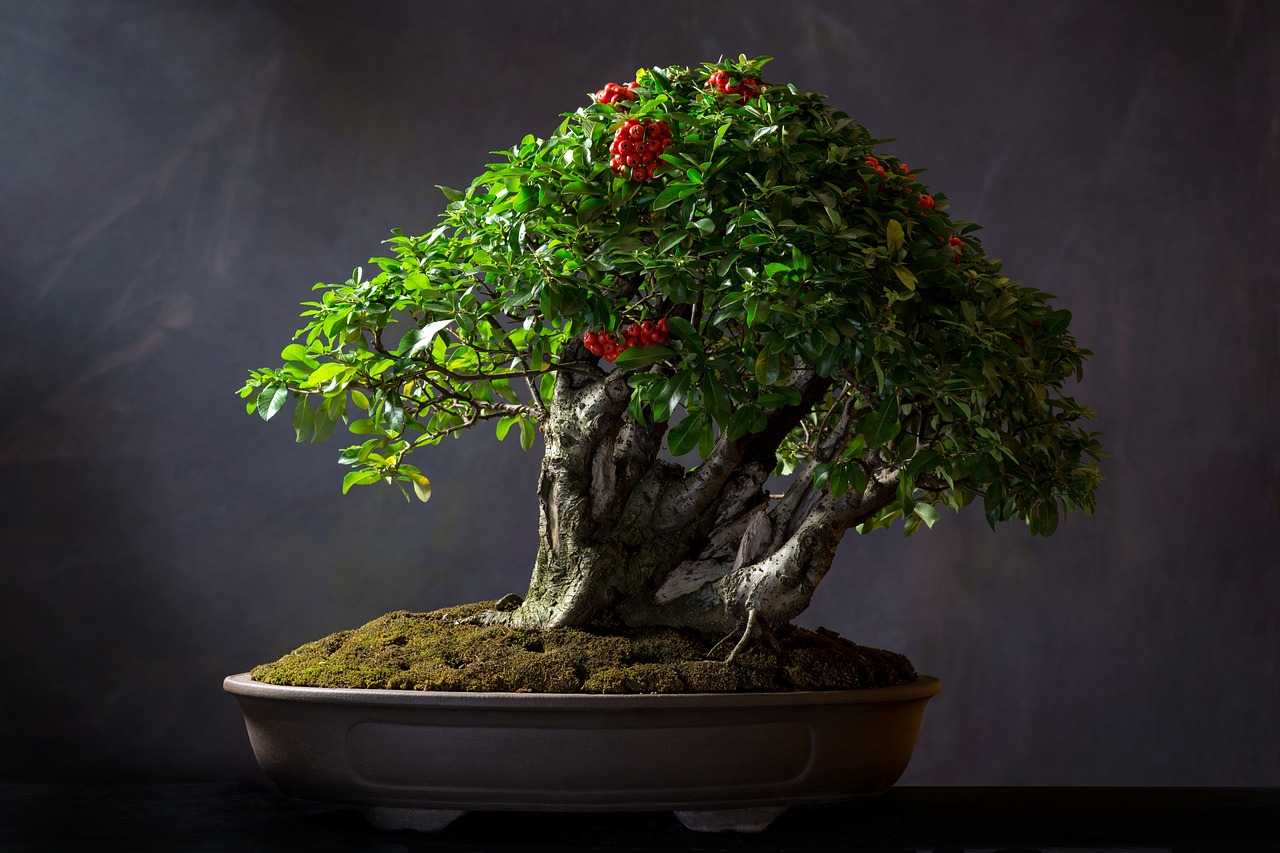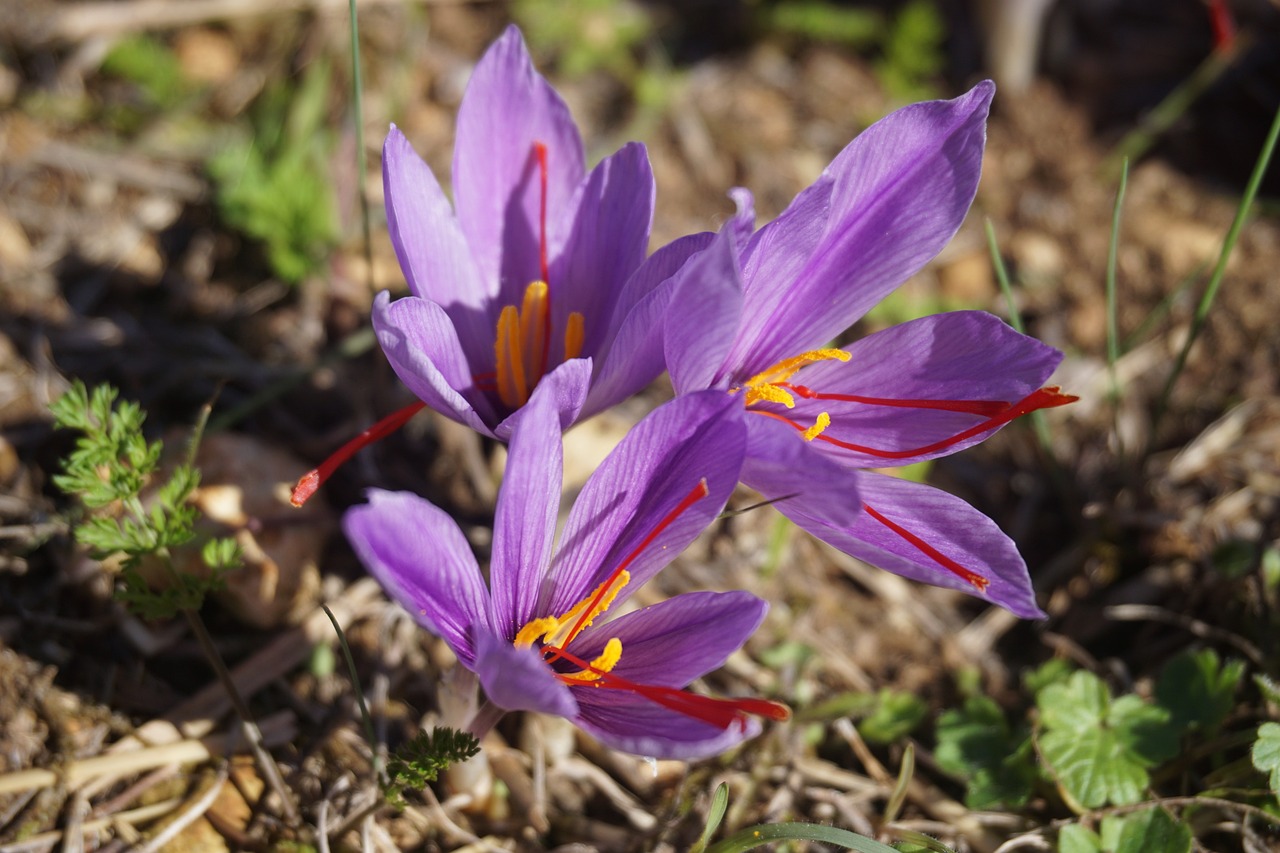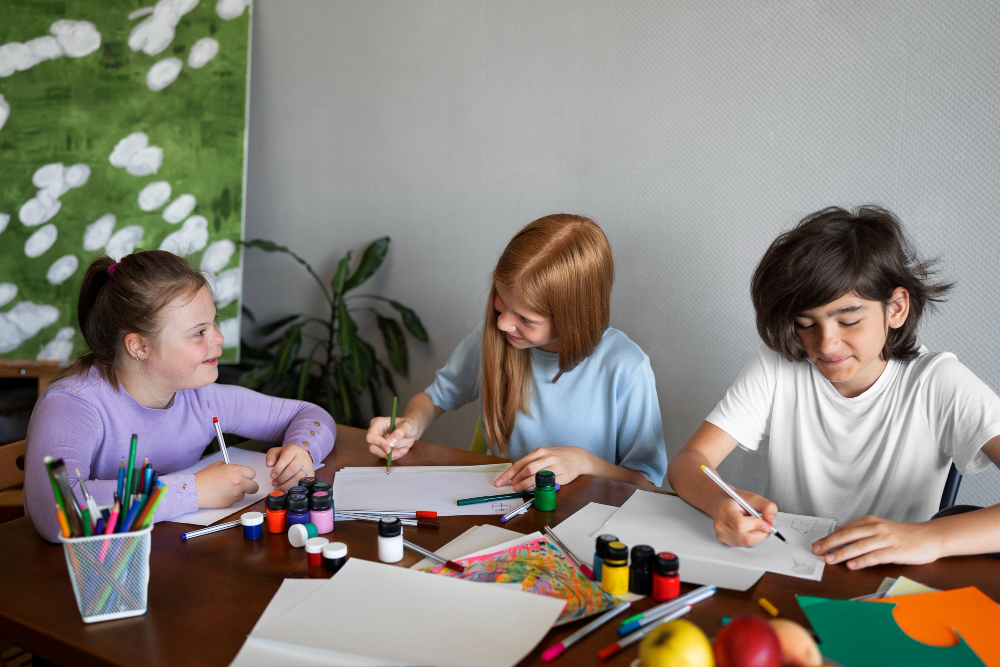Jade plants aren’t just beautiful houseplants; they can bring real benefits when placed in a child’s room. From improving air quality to teaching responsibility, these little succulents can make a big impact. Here’s why adding a jade plant to your kid’s space is a great idea.
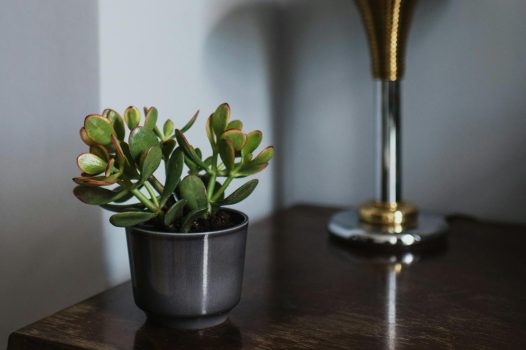 Pin
Pin Photo by Ksenia Chernaya
Table of Contents
A Natural Air Purifier for Better Sleep
Kids need quality sleep for healthy growth, but indoor air can sometimes be full of dust, toxins, and pollutants. Jade plants help improve air quality by absorbing carbon dioxide and releasing oxygen at night. Their thick, fleshy leaves can even filter out toxins from the air, creating a fresher and cleaner environment.
For children prone to allergies or respiratory issues, having a jade plant in their room might help reduce sneezing, coughing, or irritation. It won’t work as powerfully as an air purifier, but it’s a natural, low-maintenance way to enhance indoor air quality.
Beyond air purification, the presence of greenery can create a calming effect. The soft green color of the jade plant has a soothing quality that can help kids feel more relaxed at bedtime. It’s a simple addition that can contribute to a better sleep routine, making nights more restful and mornings more refreshing.
Teaches Kids Responsibility in a Fun Way
Getting kids to develop responsibility isn’t always easy, but a jade plant can make it feel more like a fun activity rather than a chore. Since jade plants are low-maintenance, they’re perfect for teaching children how to care for a living thing without overwhelming them.
Watering a plant once a week, making sure it gets enough sunlight, and occasionally wiping its leaves are simple tasks that help kids build a sense of responsibility. They start to understand that plants, just like pets or people, need care and attention to thrive. Watching their jade plant grow and stay healthy because of their efforts can be incredibly rewarding.
It also introduces them to the concept of patience. Unlike instant digital entertainment, plants grow slowly, teaching children the value of consistency and long-term commitment. When they see new leaves sprouting, they’ll feel a sense of accomplishment, knowing their care made it happen.
Boosts Mood and Reduces Stress
Kids go through a lot—school pressure, social interactions, and even the stress of learning new things every day. Having a jade plant in their room can help create a calming environment, reducing stress and boosting their mood without them even realizing it.
Plants have been proven to lower anxiety levels and promote relaxation. Just looking at greenery can make people feel more at ease, and children are no exception. A jade plant’s soft green leaves and gentle presence can create a soothing effect, making their room feel like a little oasis of peace.
For kids who struggle with focus or get easily overwhelmed, a plant can be a subtle way to encourage mindfulness. Taking a moment to water it, touch its leaves, or even just observe its growth can provide a mini break from stress. It’s a small yet powerful way to introduce them to self-care and emotional well-being.
Encourages a Connection with Nature
Many kids today spend a lot of time indoors, glued to screens or surrounded by artificial environments. A jade plant in their room can be a small but meaningful way to reconnect them with nature, even if they live in a city or don’t have access to a garden.
Seeing a living plant every day can spark curiosity. Kids might start asking questions like, “Why do plants need sunlight?” or “How does a plant drink water?” This natural curiosity can lead to a deeper appreciation for the environment. They begin to understand that plants are living things that grow and change, just like animals and humans.
Having a plant nearby also teaches kids to be gentle and respectful toward living things. When they learn to care for a jade plant, they’re more likely to develop empathy and kindness—not just toward plants but toward nature as a whole. It’s a small step toward raising environmentally conscious individuals who appreciate and respect the world around them.
Safe and Non-Toxic for Kids
One major concern when placing plants in a child’s room is safety. Many houseplants can be toxic if touched or ingested, but the jade plant is considered relatively safe compared to other decorative plants. While it’s always a good idea to teach kids not to put plants in their mouths, jade plants don’t pose a major risk if accidentally touched or handled.
Their thick, smooth leaves make them less fragile than delicate plants, so kids can interact with them without easily damaging them. Unlike plants with sharp thorns or irritating sap, jade plants are soft to the touch, making them safe for curious little hands.
Of course, supervision is still important for very young children. But for older kids who understand basic rules, having a jade plant in their room is a safe and fun way to introduce them to the joys of plant care. Plus, since jade plants are resilient, they can handle the occasional rough handling without wilting or breaking.
Improves Humidity for Healthier Skin and Breathing
Dry indoor air can be a problem, especially in colder months when heaters are running or in places with low humidity. This can lead to dry skin, irritated sinuses, and even sore throats for kids. A jade plant naturally releases moisture into the air through a process called transpiration, helping to slightly increase humidity in the room.
While it won’t replace a humidifier, having a jade plant in your child’s room can contribute to a more comfortable environment. Kids with sensitive skin may notice less dryness, and those prone to stuffy noses might breathe a little easier. It’s a subtle but effective way to create a healthier indoor atmosphere without any complicated gadgets.
Plus, the added moisture can benefit more than just your child. It helps reduce static electricity in the air, keeps wooden furniture from drying out, and even makes the room feel fresher overall. A jade plant is like a tiny, natural air enhancer that works quietly in the background.
Brings Positive Energy and Good Luck
Many cultures believe that jade plants bring positive energy, good luck, and prosperity. While this may sound like a superstition, the psychological effect of having a “lucky” plant in a child’s room can be real. It creates a positive association with growth, care, and abundance.
For children, being surrounded by positive symbols can boost their confidence and overall mindset. A jade plant, often called the “money plant” in Feng Shui, is said to attract good fortune and success. While kids may not think about luck in the same way adults do, having a plant associated with positivity can subtly encourage an optimistic attitude.
It can also serve as a small, daily reminder of growth. Just like the plant slowly develops and flourishes, children can see themselves growing and improving too. Whether they believe in good luck or not, having a jade plant in their room adds a comforting presence that represents hope, stability, and progress.
Enhances Creativity and Focus
A child’s room should be a space where imagination and learning thrive. Having a jade plant nearby can actually help boost creativity and focus, making it easier for kids to concentrate on homework, art projects, or even playtime.
Studies suggest that having plants in a room can improve cognitive function and problem-solving skills. Greenery has a calming effect on the brain, reducing distractions and mental fatigue. When kids feel relaxed, they can focus better and engage more deeply in activities like reading, drawing, or building things.
A jade plant’s unique appearance—thick leaves, a tree-like structure, and slow but noticeable growth—can also spark curiosity. Kids might enjoy observing its changes, drawing pictures of it, or even imagining stories about it. It becomes more than just a decoration; it’s a quiet companion that adds a touch of nature to their creative space.
A simple plant can do more than just sit in the corner—it can help shape a child’s ability to think, explore, and create.
Requires Minimal Care, Making It Perfect for Kids
One of the biggest reasons jade plants are great for a child’s room is their low-maintenance nature. Unlike some plants that require constant attention, jade plants thrive on minimal care. This makes them perfect for kids who are just learning how to take care of a living thing.
Jade plants don’t need frequent watering—once every one to two weeks is usually enough. They’re also pretty forgiving if a child forgets to water them for a while. As long as they get some sunlight, they’ll continue growing strong. This makes them a great “starter plant” for kids who might not be ready for something more demanding.
Since jade plants grow slowly, they don’t need frequent repotting, trimming, or complicated upkeep. Kids can simply enjoy watching their plant thrive with just a little effort. It teaches them that responsibility doesn’t have to be overwhelming—sometimes, even small, consistent actions can lead to great results.
Adds a Touch of Natural Beauty to the Room
A child’s room should feel cozy, welcoming, and inspiring. A jade plant adds a touch of natural beauty without taking up much space. Its thick, glossy green leaves bring life to the room, making it feel fresher and more inviting.
Unlike artificial decorations, a living plant changes and grows over time, adding a dynamic element to the space. Kids can watch new leaves form, notice how the plant responds to light, and even see it bloom under the right conditions. This small but steady transformation keeps their environment interesting.
Placing a jade plant on a study desk, windowsill, or bedside table can subtly enhance the overall aesthetic of the room. It blends well with any décor and doesn’t require much effort to keep looking great. Plus, a well-placed plant can make a space feel more peaceful and balanced, which is great for both relaxation and focus.
A jade plant isn’t just a houseplant—it’s a beautiful, living addition that makes a child’s space feel more alive and connected to nature.
